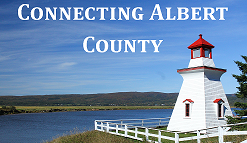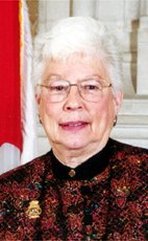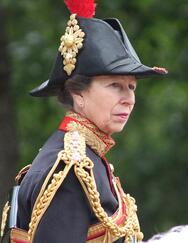 Anne, The Princess Royal
Anne, The Princess Royal royal succession to skip the Prince of
Wales and for the throne to go directly
to Prince William. This has a great
deal to do with the continuing, and
arguably unfair, low popularity of
Prince Charles. While the succession
should not be based on popularity
contests which do nothing but debase
the position of head of state, perhaps
it would be informative to look at an
alternate succession plan that has
sometimes come up: the succession of the Princess Royal to
the Throne of Canada.
Anne Who?
fly a bit under the radar. She has visited Canada thirteen
times since 1990 (five more than Prince Charles) but most of
these have been working visits which don't draw the same
level of attention. She is often noted as being the hardest-
working royal. In this regard she shares a similar attitude
towards her royal duty as the Queen. And, unlike another son
of Her Majesty, Princess Anne has never been even remotely
involved in controversy.
Why Change?
is a beautiful thing in the modern world which increasingly
seems bent on embracing division and the worse sort of base
emotions. But alas, even among monarchists this view isn't
universal and amongst the general population the desire for a
'uniquely Canadian' head of state isn't a fringe opinion. So
what arguments can be made for the 'Anne Succession'?
#1 A Canadian Would Become Queen
not what I'm getting at. The Princess Royal has a son, Peter
Phillips, who married Autumn Kelly of Montreal. Their two
daughters, Savannah and Isla, are both Canadian citizens.
This is noteworthy because it would finally put a nail in the
tiresome republican argument that the Royal Family 'isn't
Canadian'.
#2 Abolishing The Monarchy Is Harder
To Do Than Altering The Succession
in Canada is the requirement for unanimous agreement from
the federal government and every province to abolish the
monarchy (informally, you would also need a referendum).
While, still difficult changing the succession to the throne is
marginally easier. This is the outcome of the 2013 Succession
to the Throne Act and the related court challenges. Simply
put; Canada doesn't have a succession law. We have a simple
principle of 'symmetry' where the monarch of the UK is also
the monarch of Canada. Changing this principle requires the
use of the general amending formula (seven provinces that
contain 50% of the population of Canada). Why wasn't this
required for the Succession to the Throne Act in 2013? Well,
that act didn't go against the principle of symmetry, it merely
confirmed it. The constitutional issues are still a little
unsettled (this, by the way, is 100% Prime Minister Mackenzie
King's fault) but as it stands now it would be easier to change
the line of succession than to abolish the monarchy.
I'm sure this would still leave die-hard republicans unhappy
but then again I'm not looking to make them happy and if a
change to the line of succession peels off nationalist support
for their cause I'll consider that an absolute win.
#3 The Royal Family Would Live Here
to the distances involved and the need to be invited the Royal
Family does not perform as many duties here as in the UK.
That is a simple fact. Likewise, the position of governor
general has never really been able to live up to its potential
due to its occupants having a very short term that neither lets
them pursue long term projects nor allows them to acquire
the respect to be an effective counter (and source of advice) to
the prime minister weakening the position greatly. With the
new Canadian royal family living in Canada both of these
problems are alleviated. The status of lieutenant governors
under such a plan is hard to foresee. Strictly speaking they
would be unnecessary but the provinces/Royal Family may
wish to keep them to share the workload.
Would Princess Anne and Her Family
Even Go For This Idea?
Royal takes her role seriously and has displayed dedication to
her obligations. Yet, when the Queen offered to grant her
grandchildren titles Princess Anne refused since she felt it
would hinder their future career. This would seem to indicate
that Anne wanted her children to have the option to pursue
their own path. Her son Peter Phillips went on to be involved
in the private sector with little involvement in what would be
termed 'royal duties'. Still, he has made appearances with
other members of the Royal Family and when he married
some care was taken so that he wouldn't remove himself from
the line of succession.
Conclusion
is not an idea I support. In time Charles shall become king
and I suspect he will surprise more than a few people by not
making a mess of it.
Loyally Yours,
A Kisaragi Colour
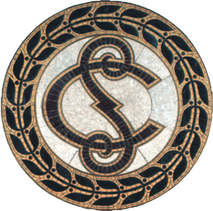

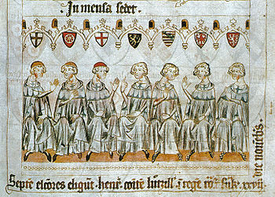
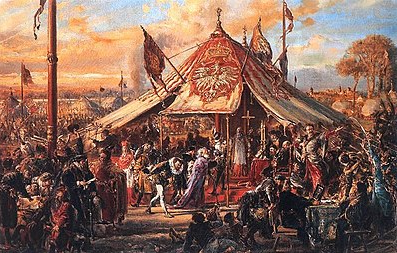

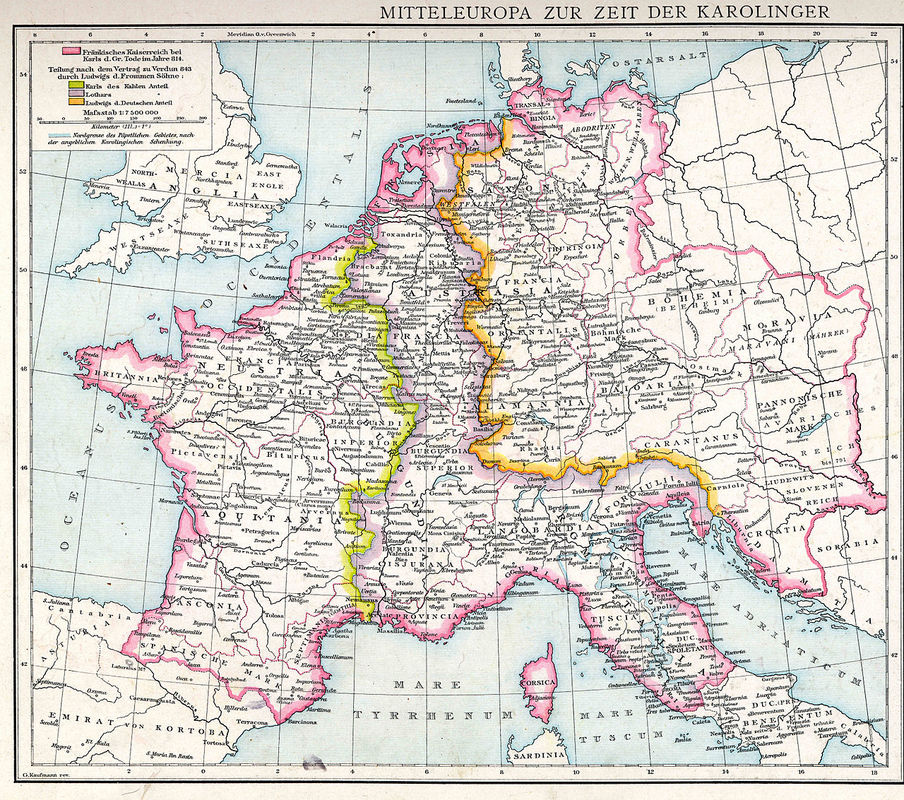
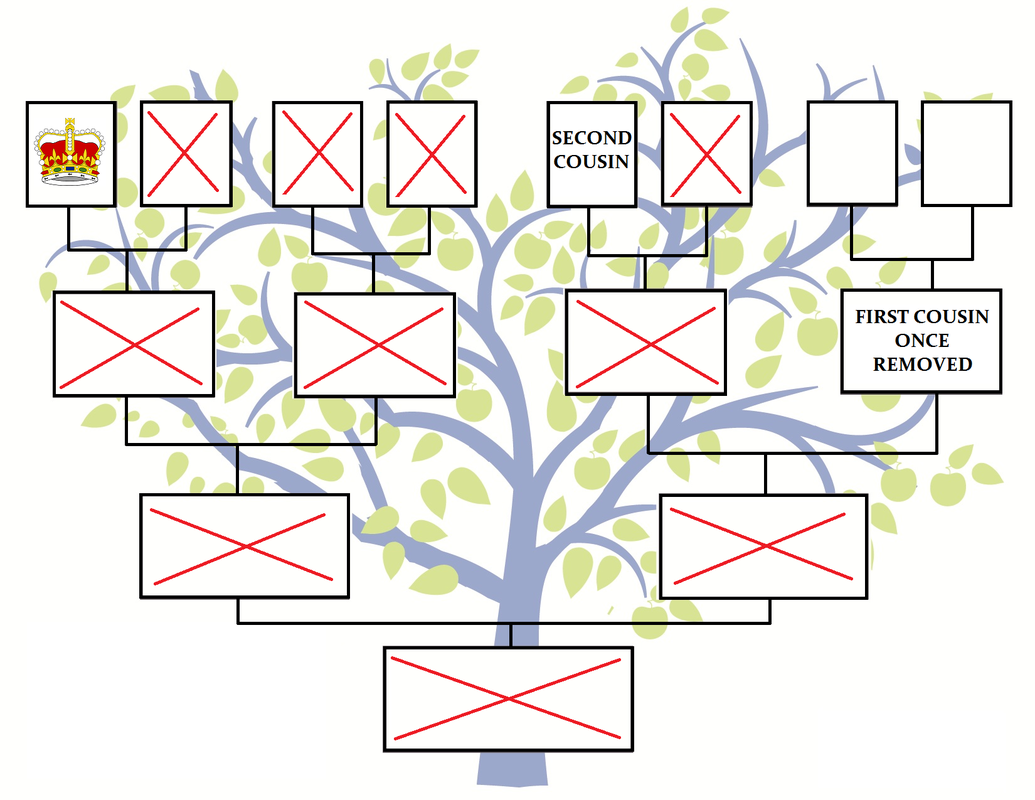
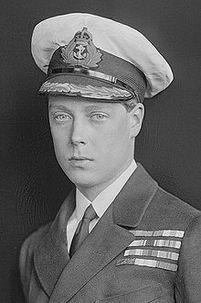
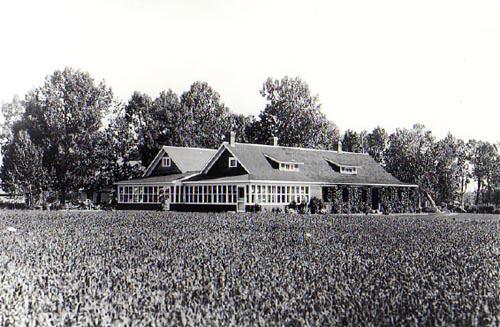
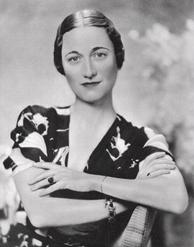
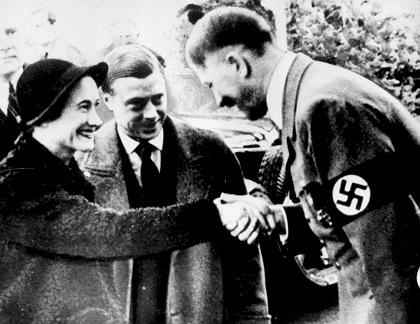

















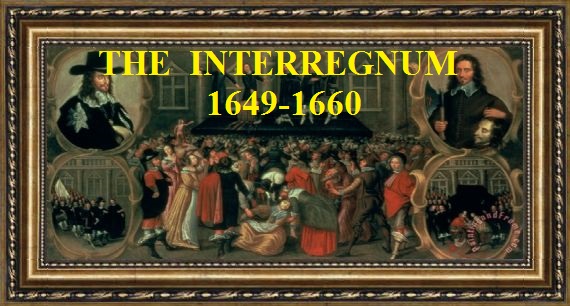

















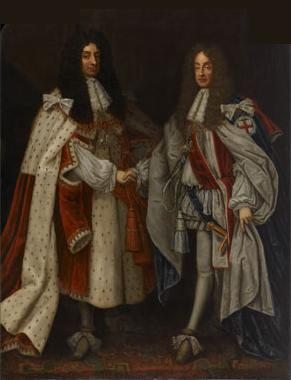
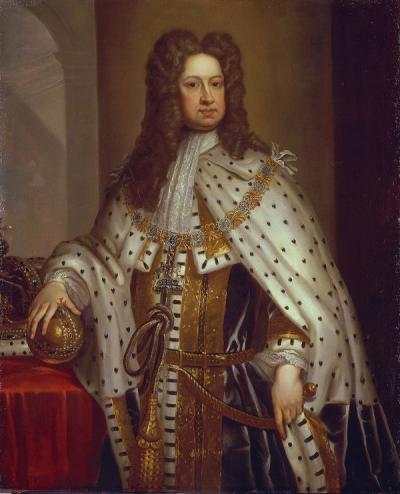
 RSS Feed
RSS Feed



